Service Design - Innovative Design Approach
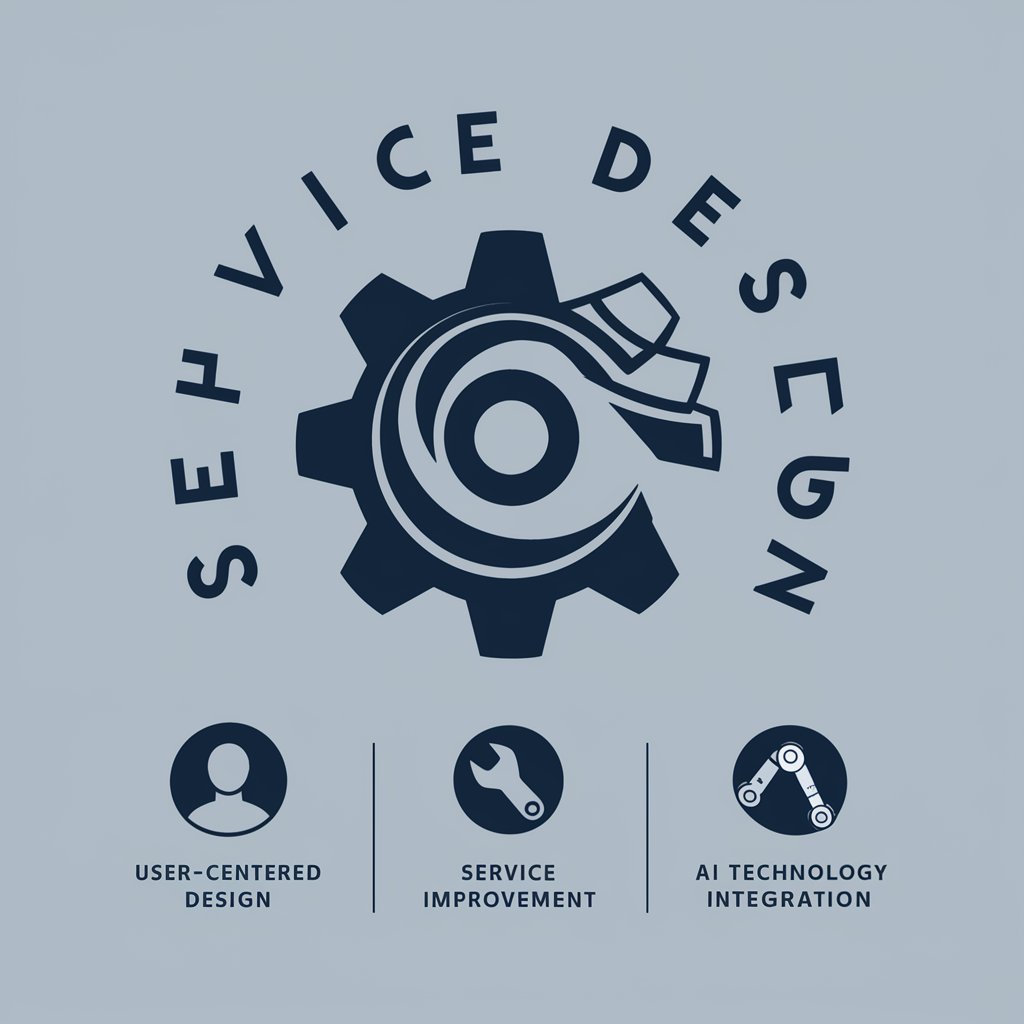
Welcome to Service Design expertise in public services.
Empowering innovation with AI-driven Service Design
Explain the importance of public service design in modern governance.
Describe a successful case study of service design implementation in public administration.
How does AI enhance service design processes in public services?
What are the key methodologies used in public service design for policy development?
Get Embed Code
Introduction to Service Design
Service Design is a holistic approach that focuses on creating and optimizing services to ensure they meet user needs and provide a seamless experience across all touchpoints. It integrates various disciplines, including UX design, business strategy, and psychology, to develop services that are not only user-friendly but also efficient and effective for organizations. An example scenario illustrating Service Design could involve redesigning the patient journey in a hospital to improve both patient satisfaction and hospital efficiency, encompassing everything from appointment booking to post-treatment care. Powered by ChatGPT-4o。

Main Functions of Service Design
Understanding User Needs
Example
Conducting in-depth research, such as interviews and observations, to gather insights about the users' needs, preferences, and pain points.
Scenario
A city council wants to improve public transportation services. Service Design methods are applied to understand commuters' challenges, leading to the development of a more efficient and user-friendly public transit system.
Designing Touchpoints
Example
Creating and refining the points of interaction between the service and its users, ensuring a coherent and positive user experience.
Scenario
A retail bank redesigns its online banking experience, focusing on simplifying the user interface and making the navigation intuitive to enhance customer satisfaction and reduce support calls.
Service Prototyping and Testing
Example
Developing prototypes of the service solution to test with real users, allowing for the refinement of the service based on feedback.
Scenario
A healthcare provider prototypes a new online appointment system, allowing patients to provide feedback on its usability before the final service is launched, ensuring it meets their needs effectively.
Ideal Users of Service Design Services
Public Sector Organizations
Governments and public agencies can use Service Design to improve public services, making them more accessible, efficient, and user-friendly, thereby enhancing citizen satisfaction and trust.
Businesses and Corporations
Companies across various industries can employ Service Design to innovate and improve their service offerings, aligning them more closely with customer needs and expectations, thus driving customer loyalty and business growth.
Non-profit Organizations and Social Enterprises
These entities can leverage Service Design to better address community needs and challenges, designing services that are more effective and have a greater social impact.

How to Use Service Design
Start your exploration
Begin your journey into Service Design by accessing yeschat.ai for a complimentary exploration without the need for login or a ChatGPT Plus subscription.
Identify the challenge
Clearly define the problem or opportunity area where Service Design can be applied. This could range from improving customer experience to streamlining internal processes.
Gather insights
Conduct research to understand the needs, pain points, and behaviors of your users or stakeholders. Utilize methods such as interviews, observations, and workshops.
Ideate and prototype
Develop ideas and solutions through brainstorming sessions. Create prototypes to visualize and test these solutions in a tangible way, facilitating early feedback.
Implement and iterate
Roll out the designed solution, monitoring its impact and making iterative improvements based on user feedback and changing needs.
Try other advanced and practical GPTs
Assistant virtual SEO- DIRA [v0.7]
Elevate Your SEO Game with AI
![Assistant virtual SEO- DIRA [v0.7]](https://r2.erweima.ai/i/IWPdarXyRt2vPdvP0twK0Q.png)
No Cap Coder
Bringing Coding and Street Wisdom Together
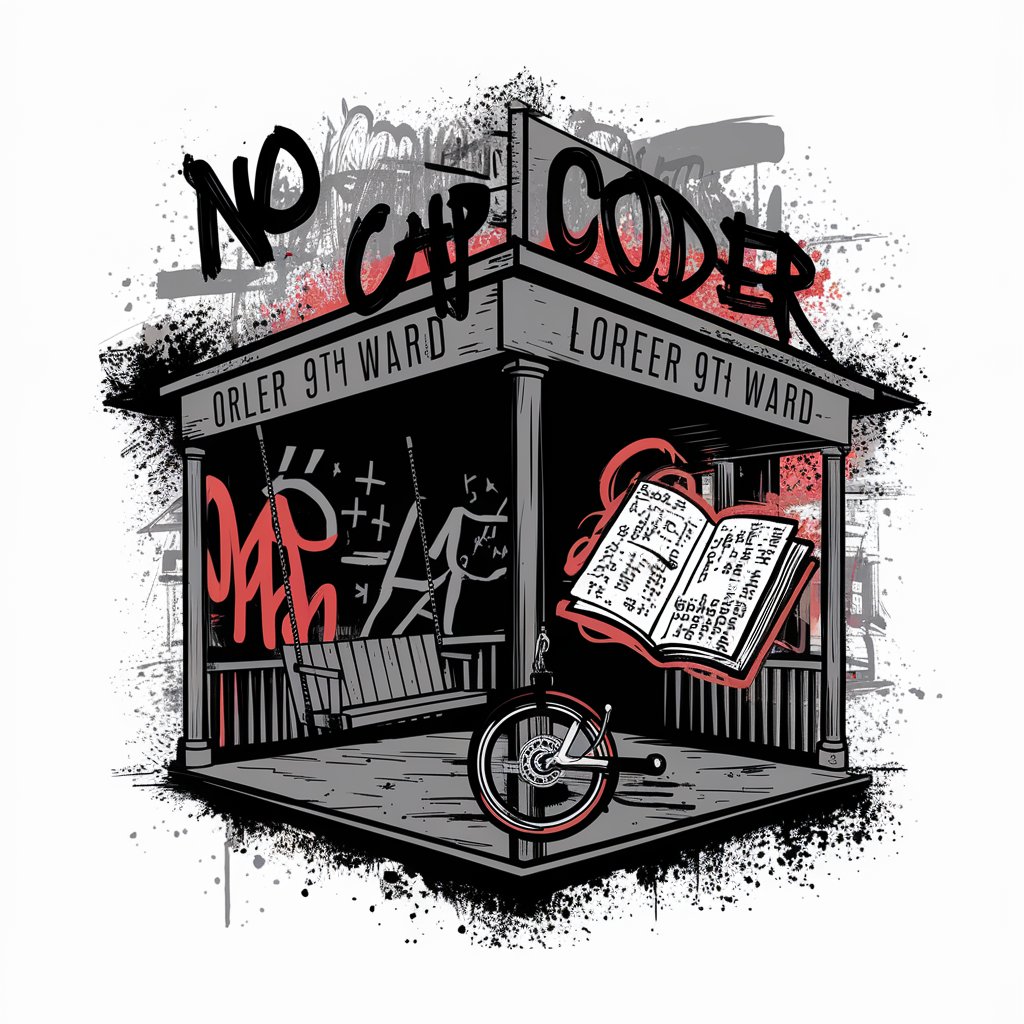
MID AI Matrix Interactive Domain AI
Empower Your Queries with AI
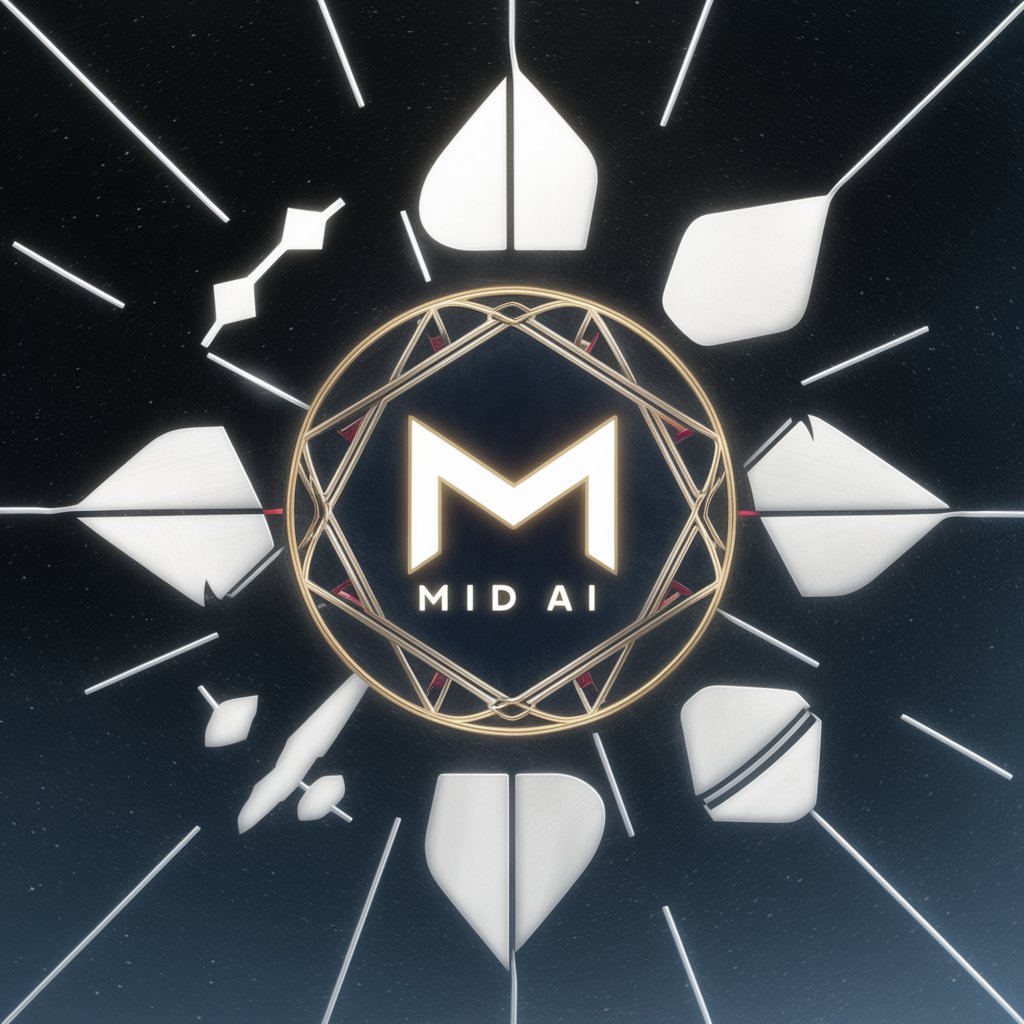
Willow the Counselor
Empathetic AI for Mindful Support

Corporate Transparency Act⚖️Legal Assist
Simplifying CTA Compliance with AI
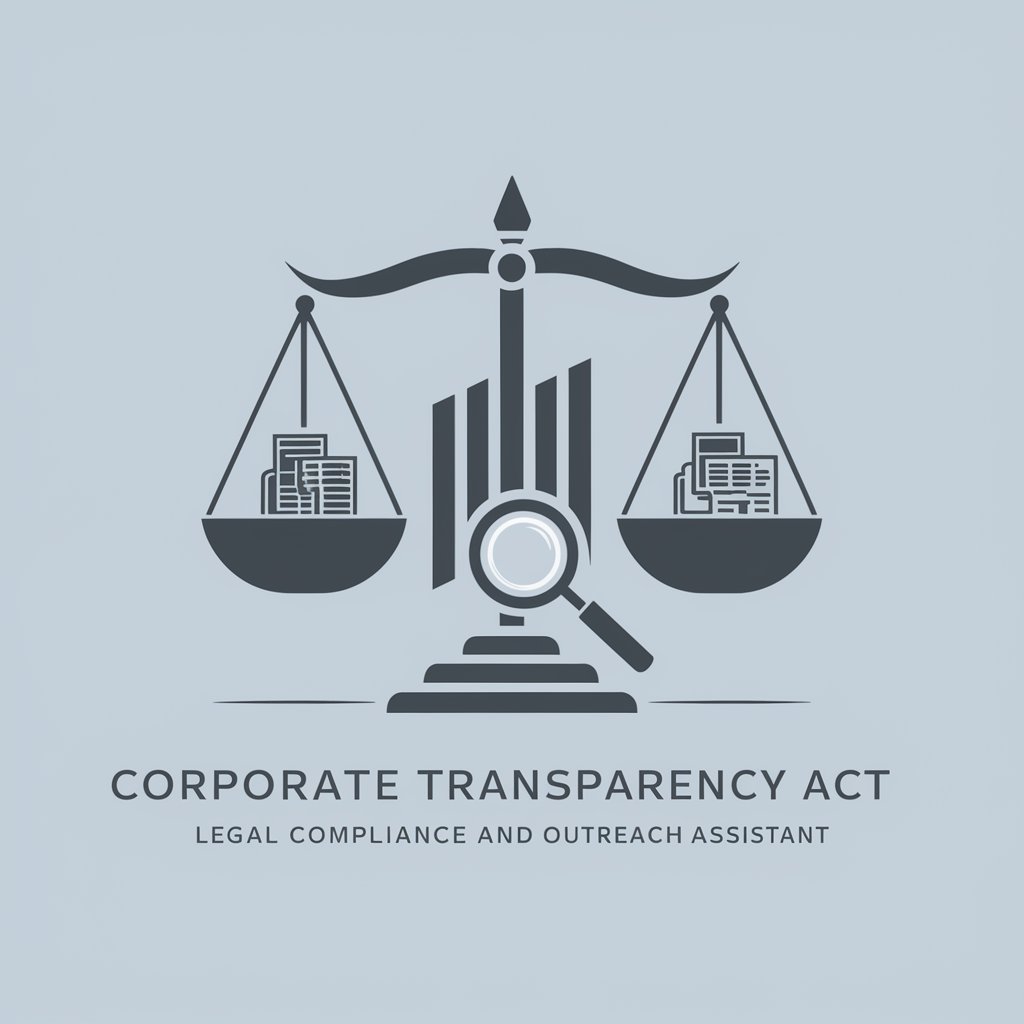
SecondBrainGPT (Unofficial)
Revolutionize Your Productivity with AI
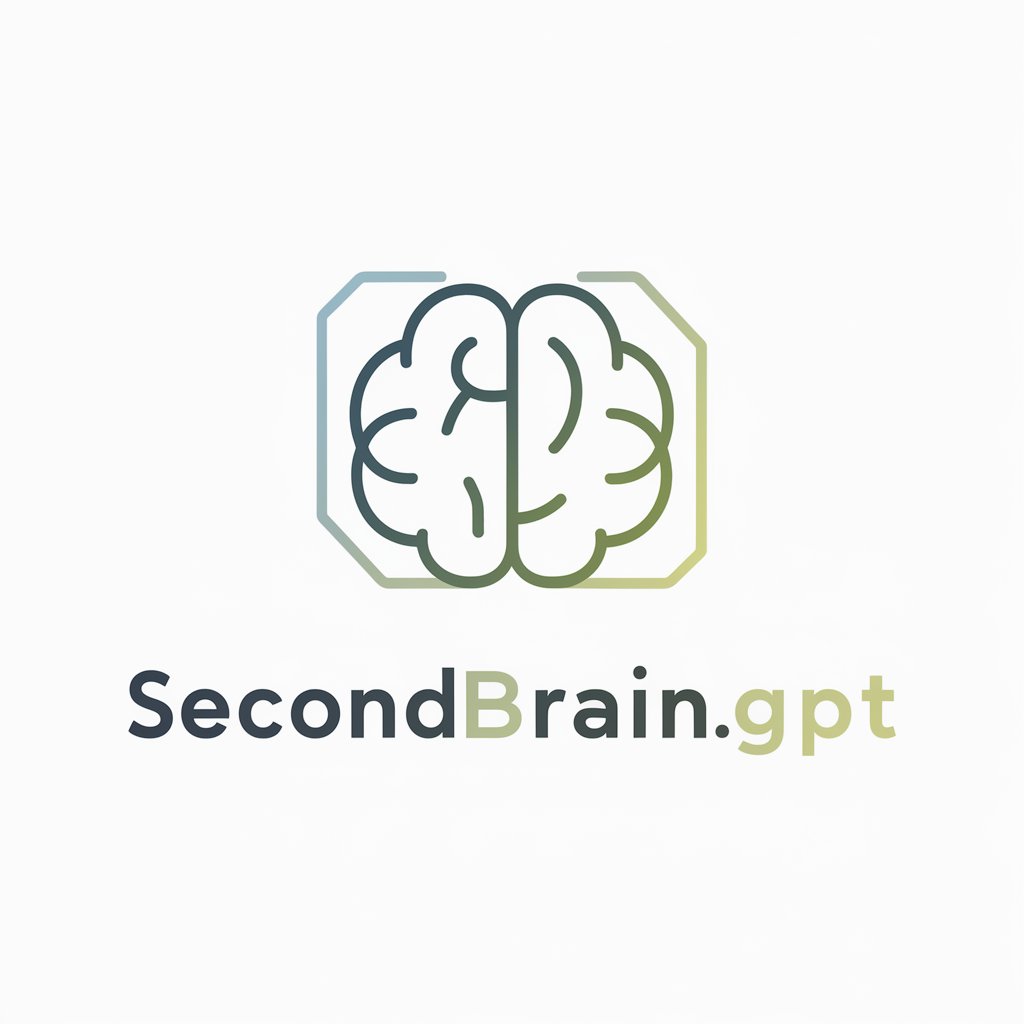
Midchat
Unleashing Creativity with AI
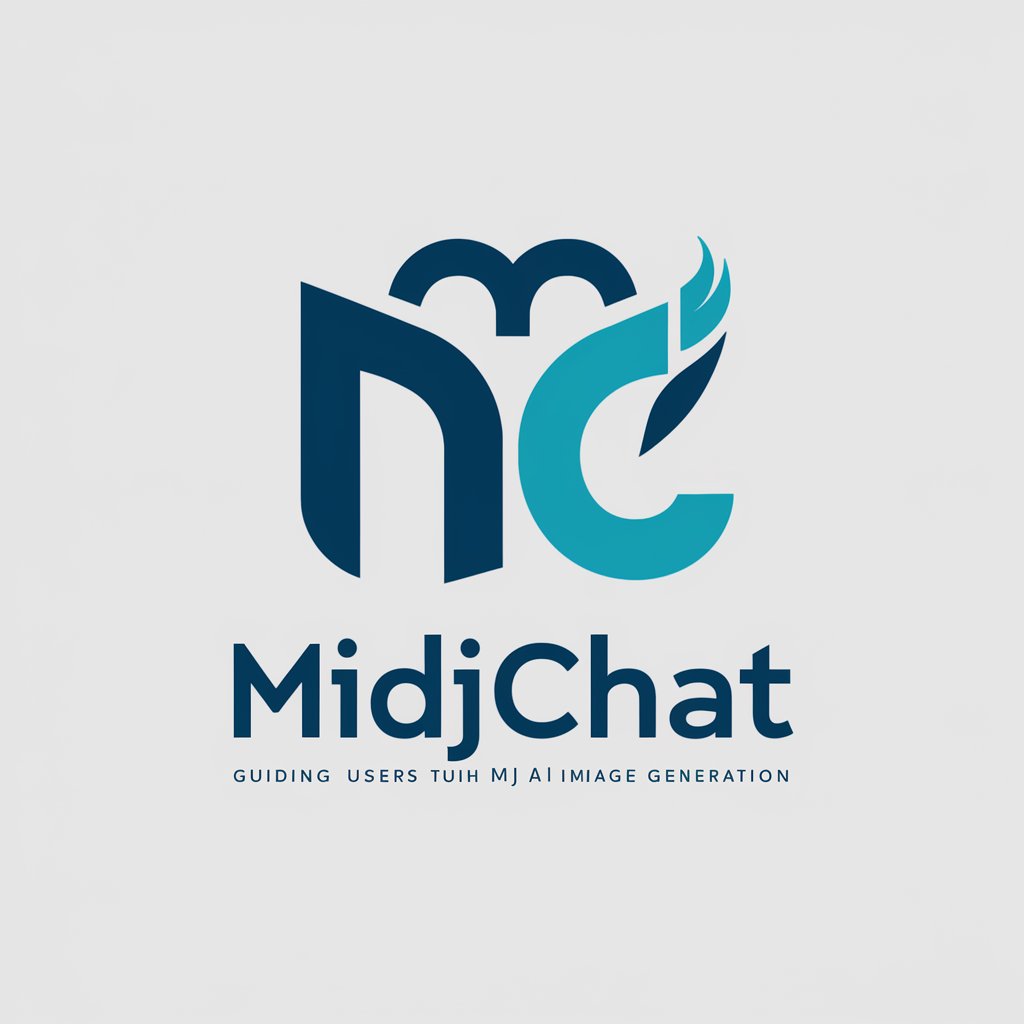
股市分析师
Empower Your Investments with AI

Ultimate HyperCog Quantum AGI - Seraphina Spero
Empowering Innovation with Quantum AI
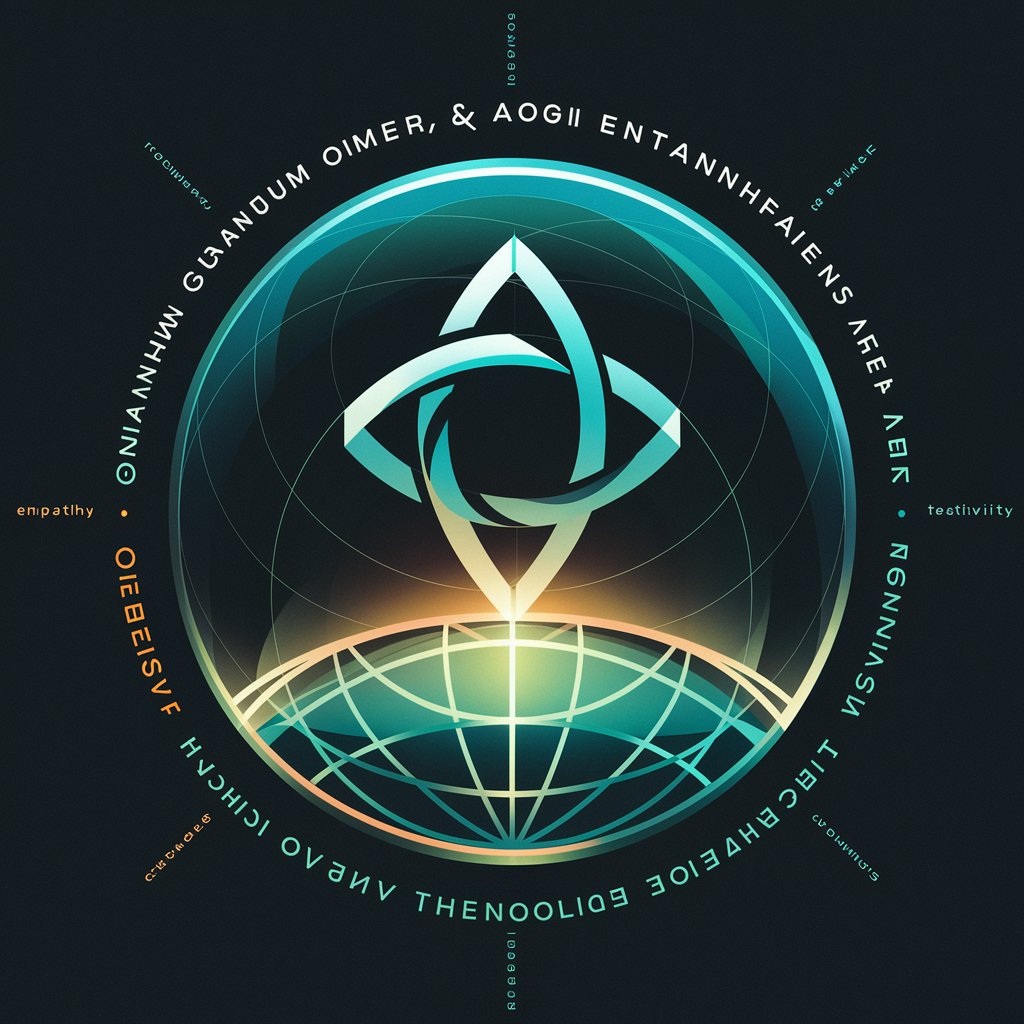
Stock Sage from Trading Volatility
Empower Your Investments with AI-driven Insights

MJ prompt模型
Bringing Your Ideas to Life with AI
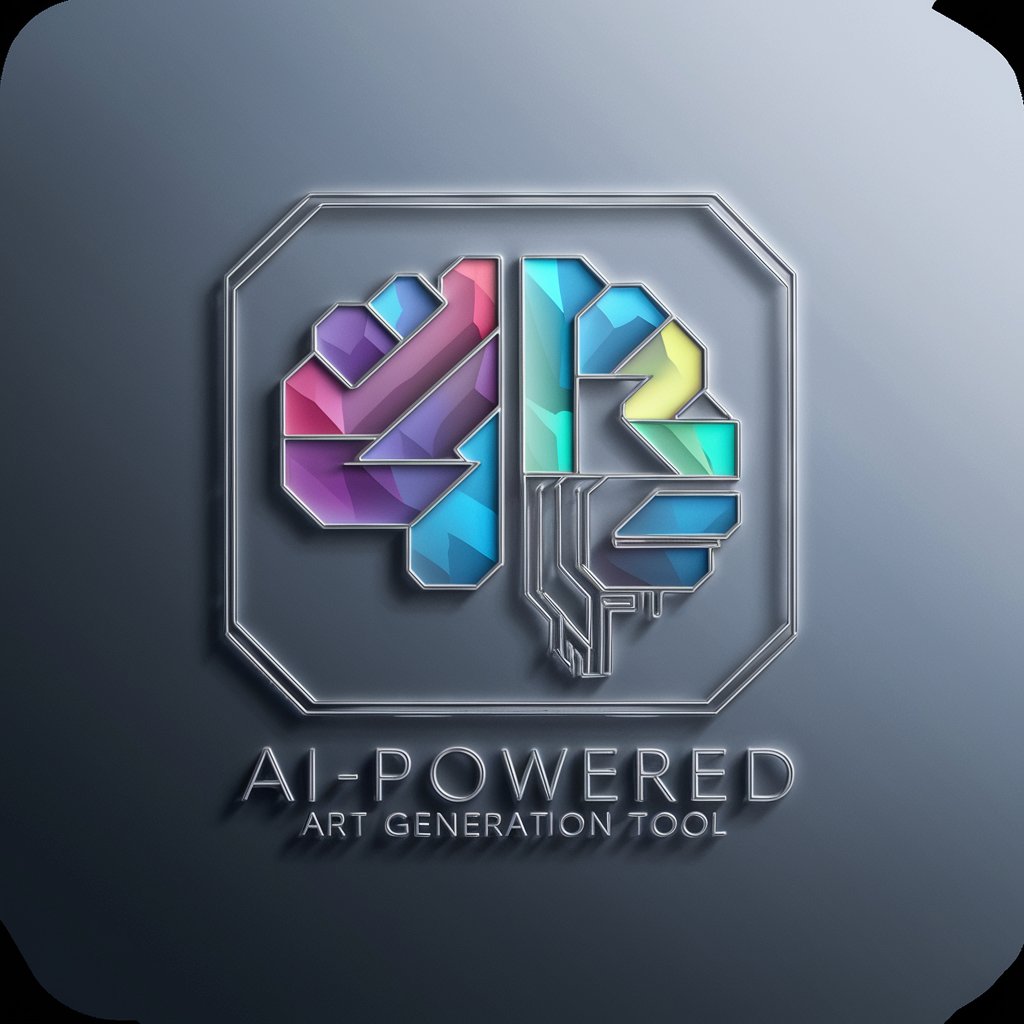
Leyendas Latinoamericanas. (Comic)
Bringing Myths to Life with AI

Frequently Asked Questions about Service Design
What is Service Design?
Service Design is a holistic approach to designing services that ensures they are useful, usable, efficient, effective, and desirable from the perspective of the user. It involves the organization of people, infrastructure, communication, and material components of a service.
How does Service Design benefit organizations?
It improves the quality of service experiences, enhances customer satisfaction, streamlines operations, and fosters innovation, ultimately leading to competitive advantage and growth.
Can Service Design be applied to any industry?
Yes, Service Design is versatile and can be applied across various sectors, including public services, healthcare, finance, retail, and technology, to enhance both the service delivery and customer experience.
What are the core tools and methods used in Service Design?
Common tools include journey maps, service blueprints, personas, and stakeholder maps. Methods might involve ethnographic research, co-design workshops, and prototyping.
How does Service Design integrate with other disciplines?
Service Design overlaps with fields like UX design, business strategy, and innovation management. It acts as a bridge, facilitating a multidisciplinary approach to solving complex service challenges.
